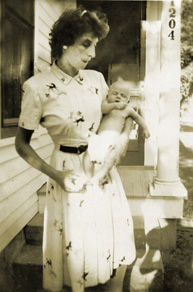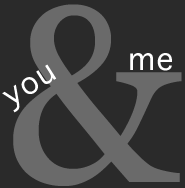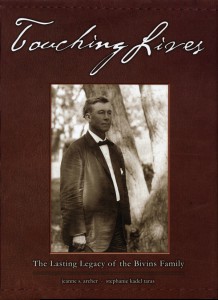It’s likely you have looked at your shoeboxes and albums and scrapbooks and drawers full of old photographs, carousels full of 35mm slides, and envelopes from the film processor full of old negatives and said to yourself “I’ve got to get this organized.” Then you quickly realized that there is a lot more to it than setting the scanner resolution and placing the photo face down on its bed.
Archiving, not scanning, is really what you are attempting to do here. What the heck is that?
An archivist is a professional who assesses, collects, organizes, preserves, maintains control over, and provides access to information determined to have long-term value.
from Wikipedia, the free encyclopedia
And storing digital images in iPhoto or the My Pictures folder doesn’t make things any easier. Sometimes it’s even worse: Where’s the black and white web version of that image? Didn’t we have an image of Aunt Mary at the beach with Uncle Joe? What do you mean there’s no backup?!? And how did we end up purchasing three copies of the same stock image yet none is the right resolution? You have this disorienting feeling of being buried alive in something that isn’t even tangible.
Because I’m part geek and a touch obsessive, I get great satisfaction from organizing images—both tangible and digital. Over the past few years I have been working with the archive department of our library digitizing their collection of thousands of historical images. But digital asset management is not just for libraries, museums and other large organizations. Its principles are just as important to personal and family collections, ensuring that the images [both digital and tangible] and the information associated with them get passed on to future generations.
A complete digital archiving project involves:
- Organizing the original photos and film in some logical way, usually chrologically or by theme, family, or event
- Developing a naming or numbering scheme to connect the digital image to the physical object
- Removing the photos from their original housing, such as albums or picture frames, scanning them [front & back], and then placing them in appropriate archival storage containers [albums or boxes]
- Combining the scans of the front and back into one digital file to create the digital equivalent of the original photographic print, where the back cannot be separated or lost from the front
- Entering information about the image [metadata] into the digital file to create the master archival file
- Making color and tonal enhancements and minor repairs and touch-ups on a new version of the master file
- Producing an index workbook of the entire collection, containing thumbnails of all the images along with their metadata
- Creating additional file sets and formats [such as web-optimized images] as needed and delivering the entire digital set on DVD or other appropriate media
I offer this service to individuals and families, businesses, organizations such as libraries, museums, historic & genealogical societies, photographers & videographers, design studios–anyone who needs to keep track of a large collection of print and digital images.
The price of this service is based on the total number of images and can range from $20 per image for a collection of 50 images to as little as $3 per image as the size of the collection gets into the thousands [plus the cost of the archival materials, shipping, and additional digital media]. Because so much of the work happens away from the scanner, there’s no way to compare these prices with the commodity scanning services advertised on the internet for pennies per scan. But for a collection of family photos that will be shared with a number of people, this is a one-time cost; once the images are digitized, they can be distributed to everyone: copied and recopied and copied again with no loss of quality. This is a good way to resolve issues of who gets the photos when children move away from home to start their own families, an estate is being settled or a divorce negotiated.
photo restoration, retouching & repair and editing
Restoration refers to adjusting the tonal values in an image in order to restore it to its original appearance. Think of an old faded black and white print—or those 3×3-inch square Kodacolor photos from the 1960s through the 1980s that have shifted to red and orange. In many cases, this is a relatively simple process for an experienced digital restoration specialist; some images, however, will require extensive work.
Retouching is quick and easy–like removing a spot on the forehead. Repair refers to removing tears and smudges and, at times, filling in missing parts of the photo where the emulsion has been torn away. The work is more extensive and requires a higher level of technical skill.
Editing refers to altering the photo composition in some way: removing or blurring a distracting background in order to enhance the focus on the main subject, for example, or, in more extreme circumstances, literally removing an ex-spouse from the picture.
All of these processes are done on the digital image; I do not touch the original photograph except to scan it. Visit the photo portfolio to see examples.
While color and tonal enhancement and minor retouching are included in the original digitizing price, more extensive work is billed at $90 an hour. This service is available only to my digital archiving clients.









